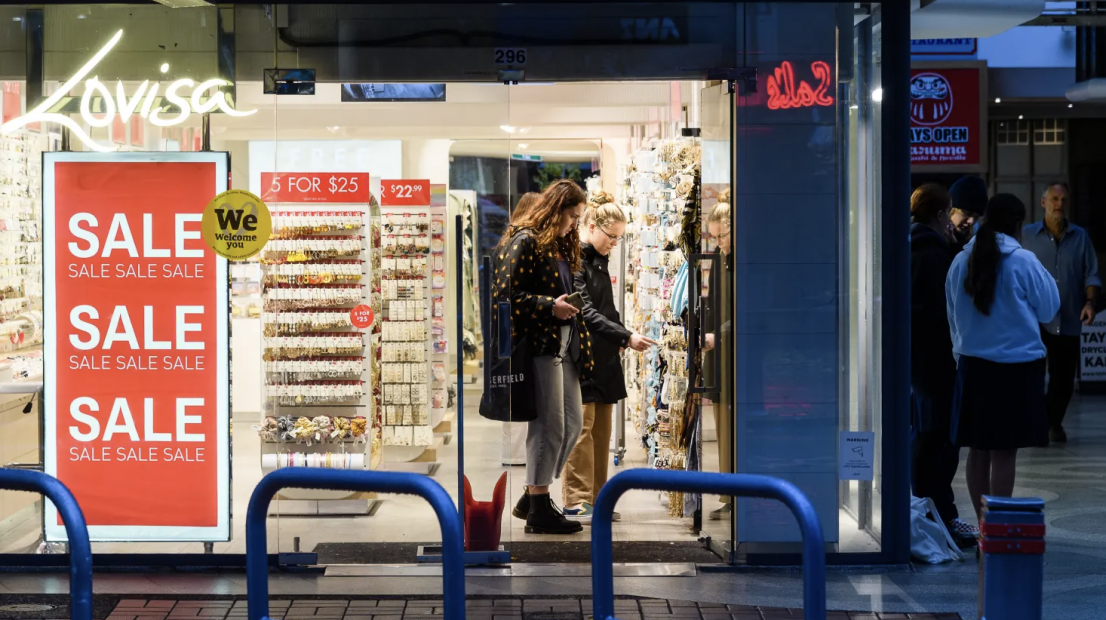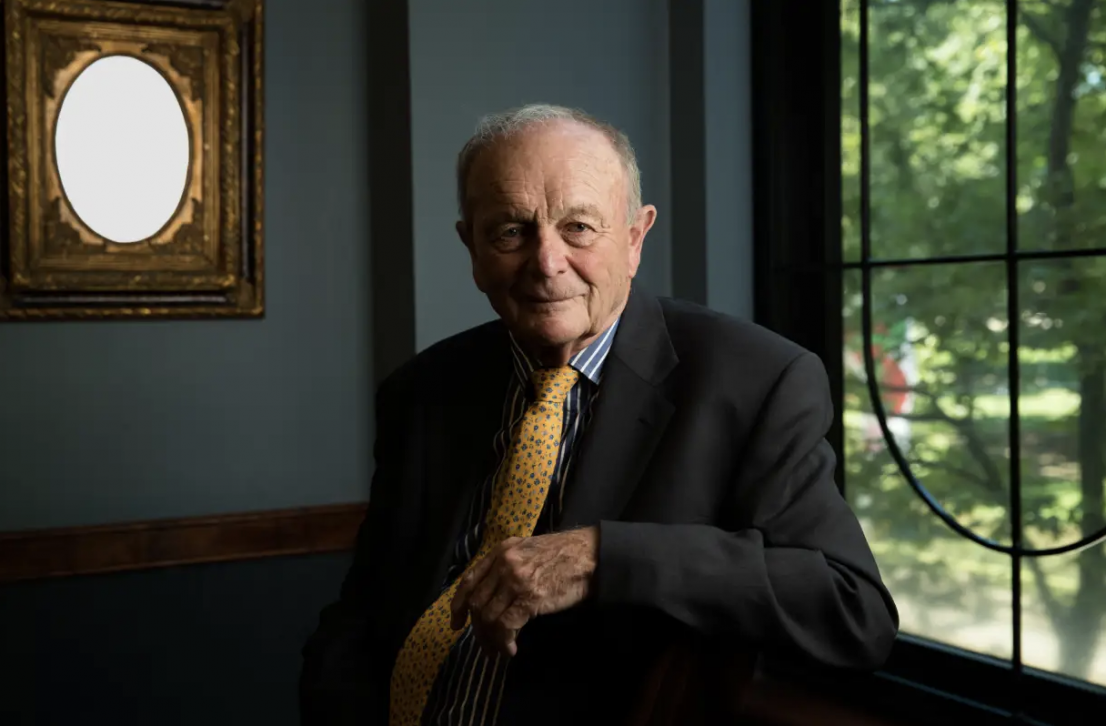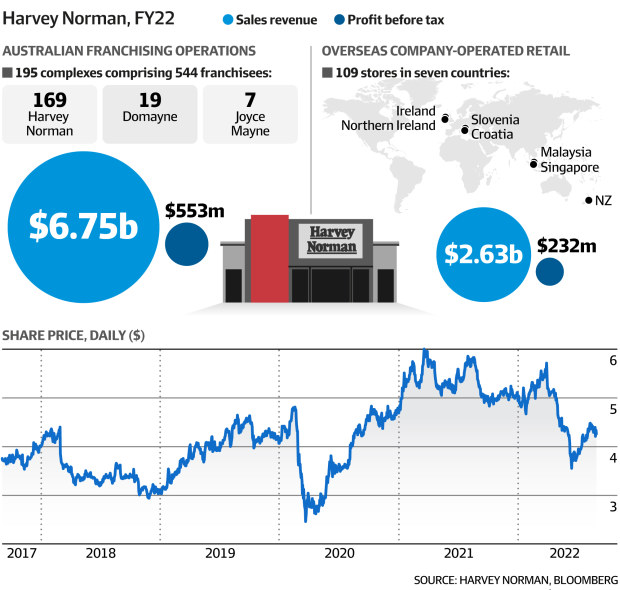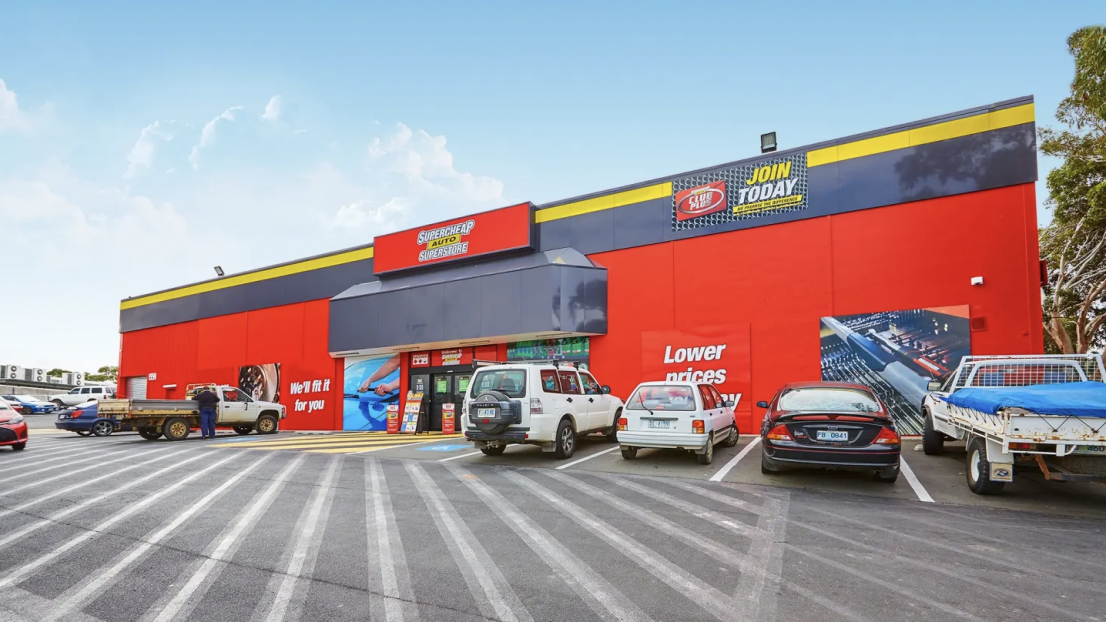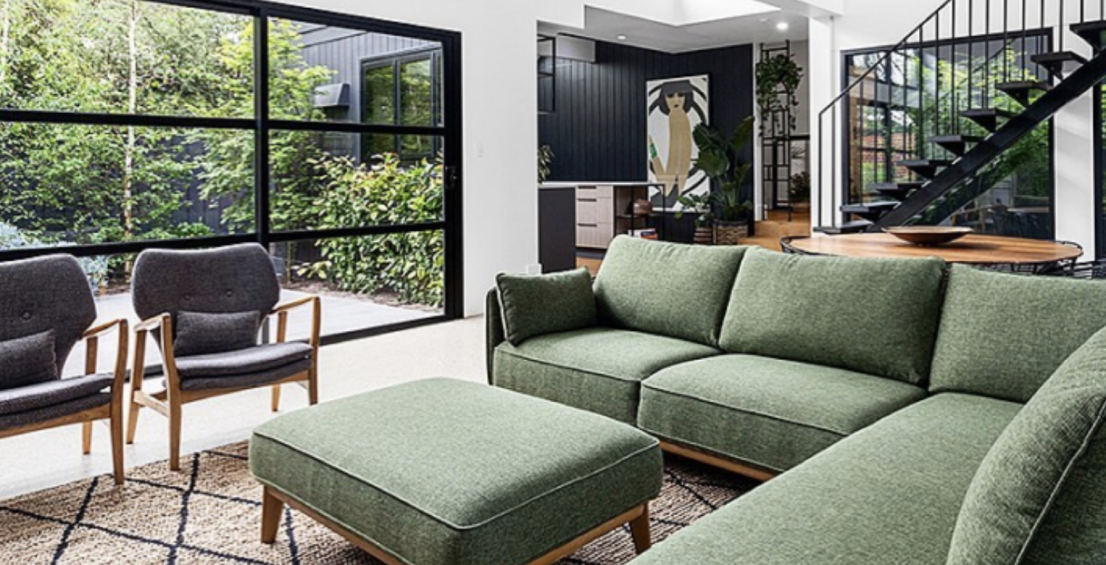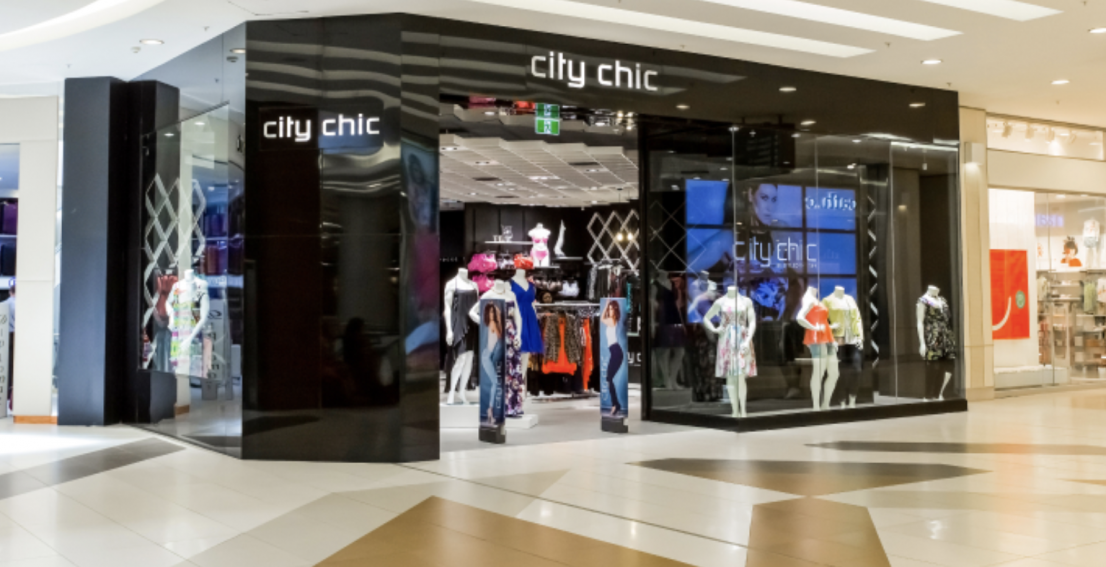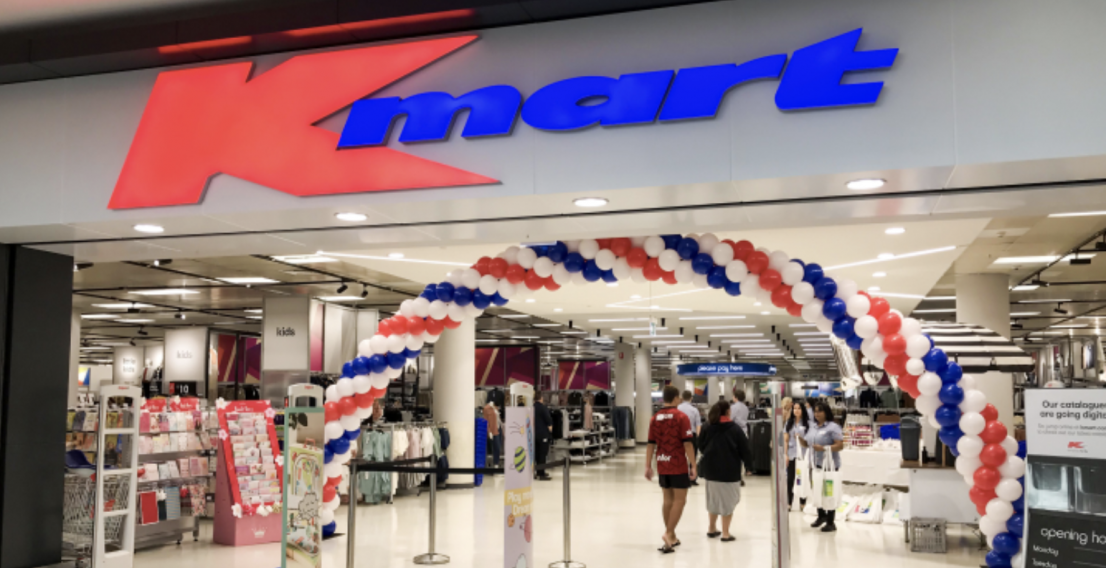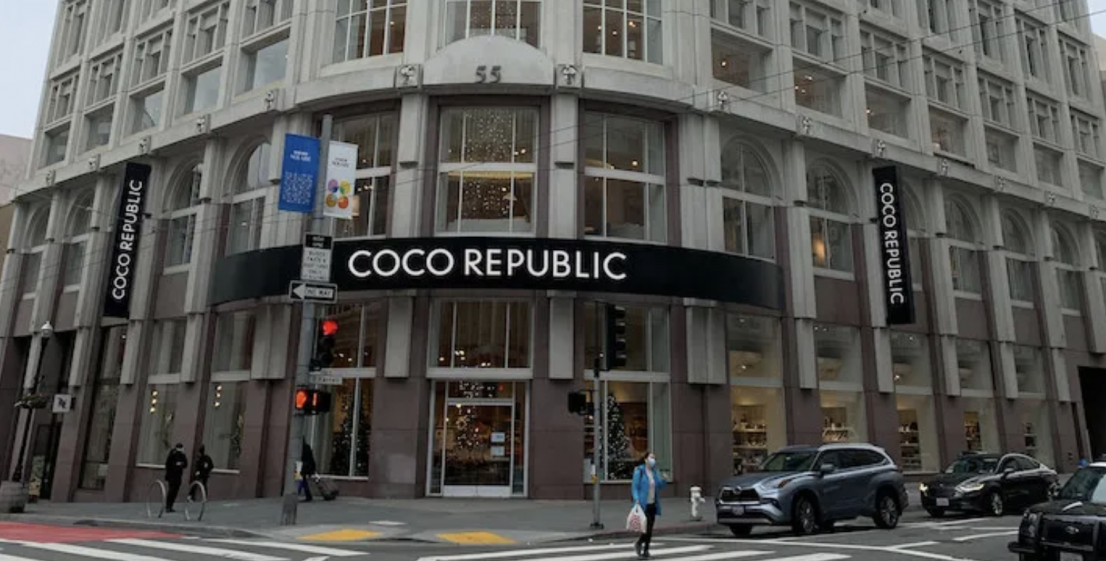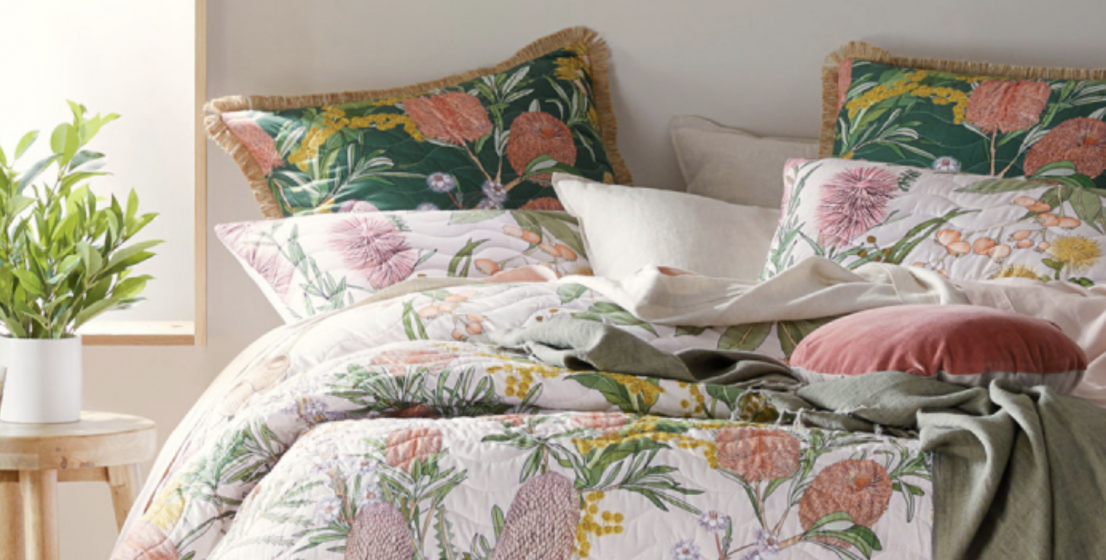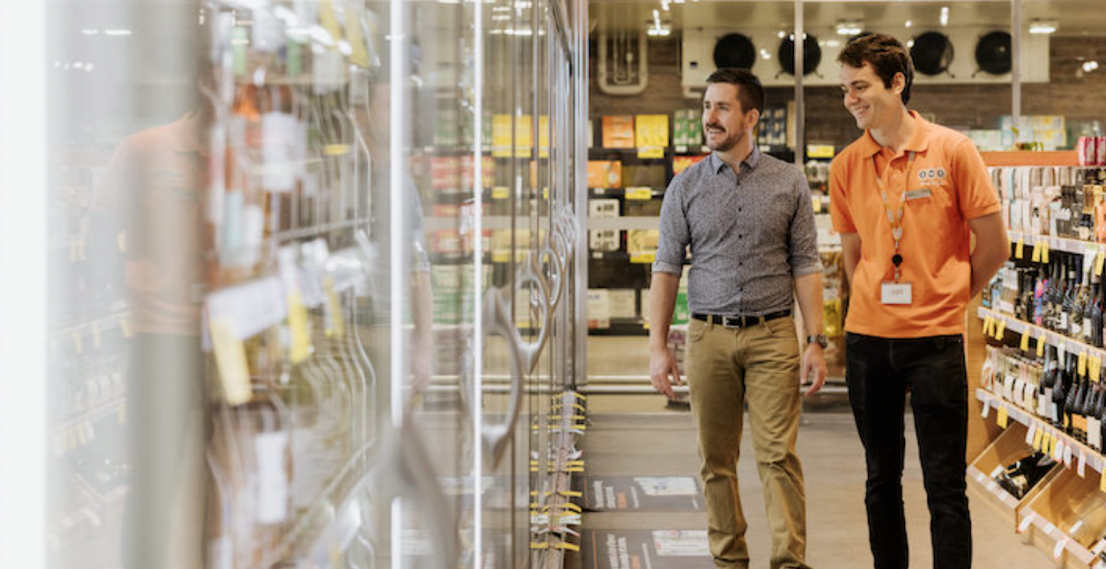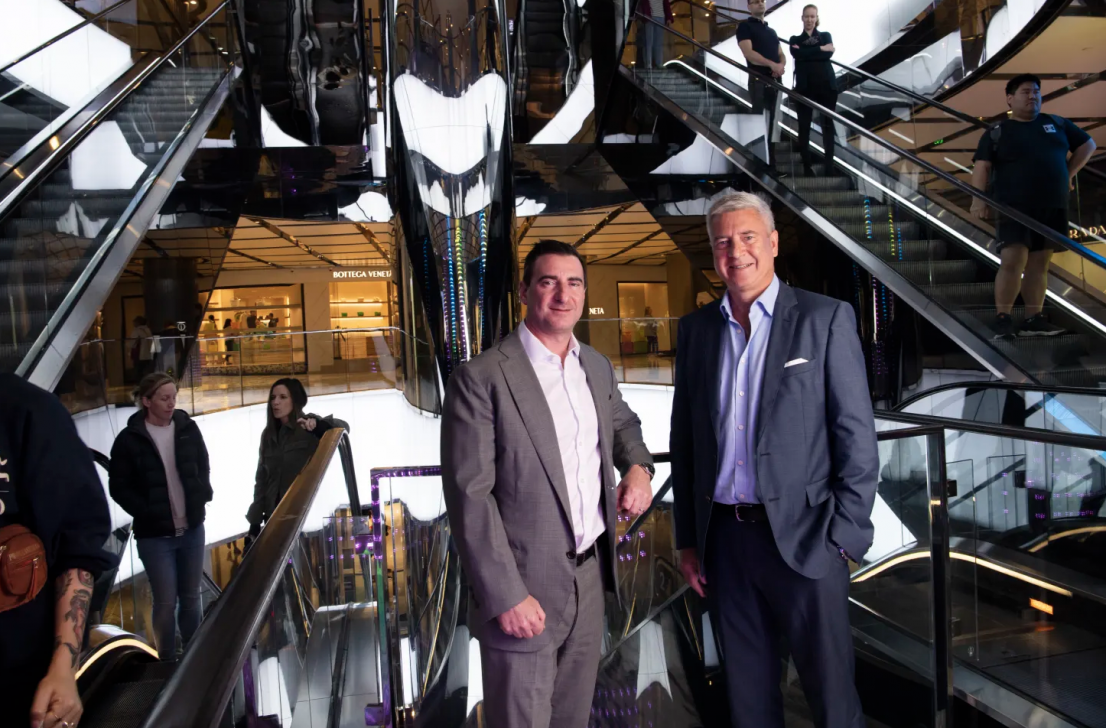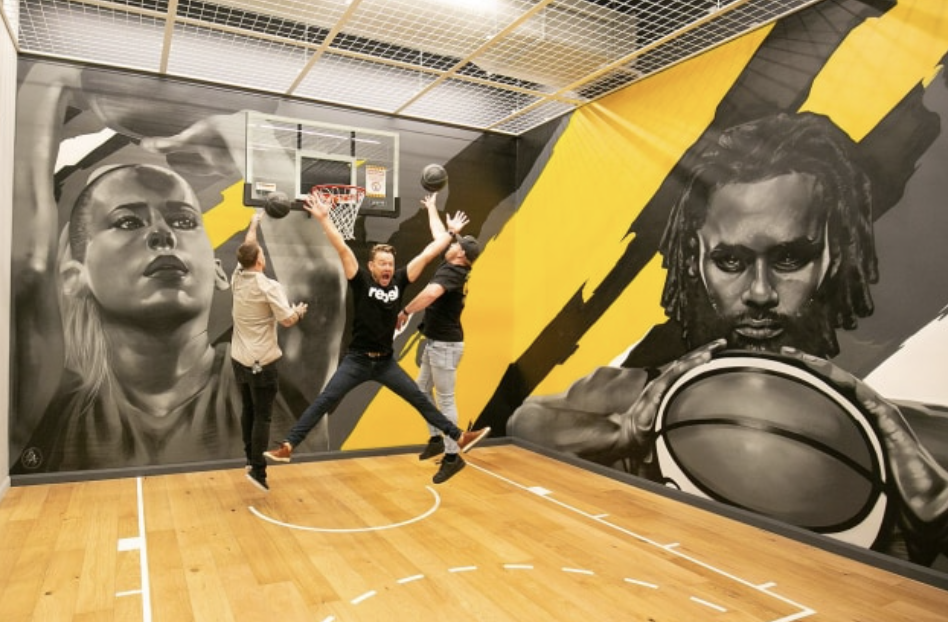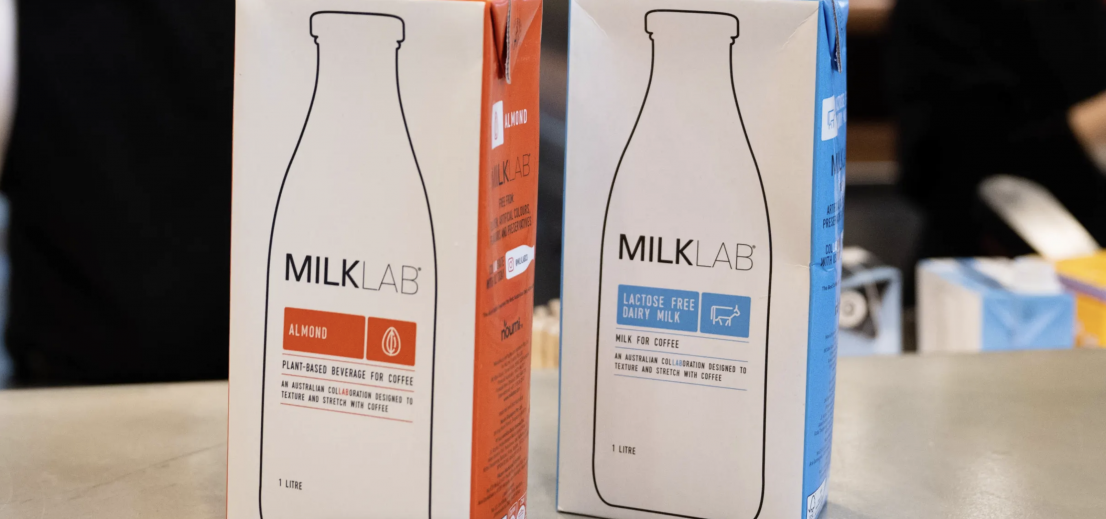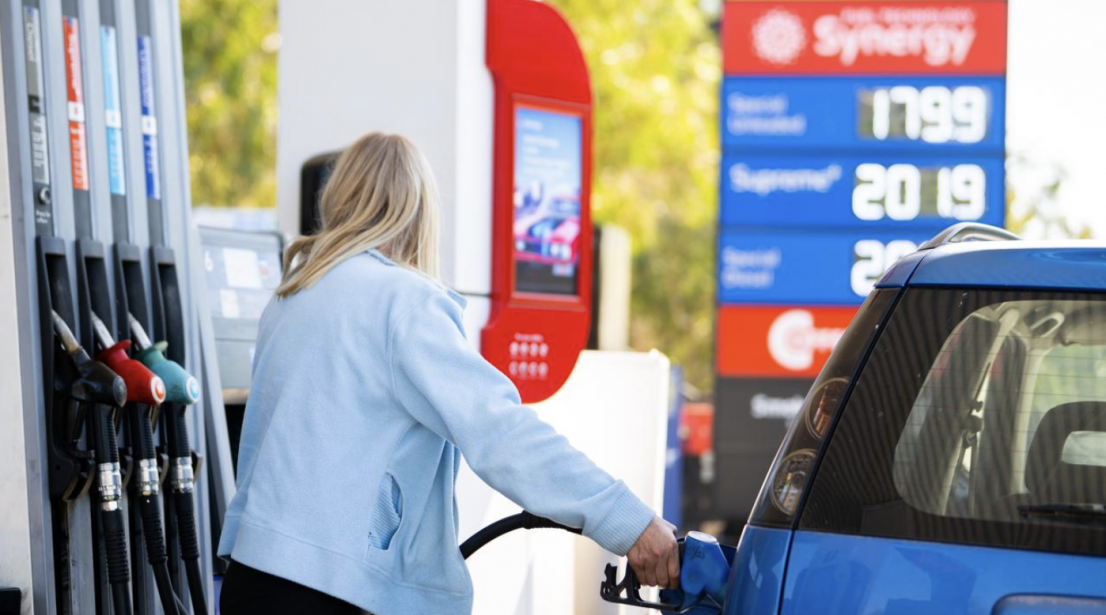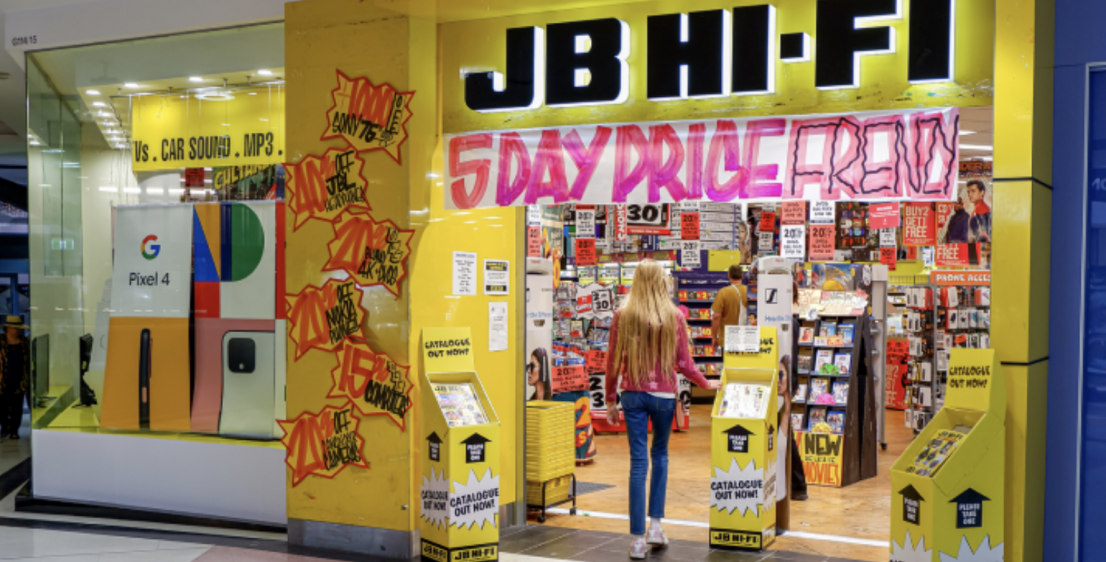Higher interest rates and soaring inflation have not dampened households’ enthusiasm for opening their wallets, with new data showing Australians spent a record $34.7 billion at stores in July.
Retail sales climbed 1.3 per cent last month, according to the Australian Bureau of Statistics, well above market forecasts of a more modest 0.3 per cent gain.
Markets are now pricing the Reserve Bank’s cash rate will peak at 4 per cent in July 2023, up from Friday’s 3.8 per cent forecast.
The monthly retail figures do not reveal how much of the increase in turnover came from higher prices rather than consumers buying more items.
The July figure marked the reversal of a gradual slowdown in monthly spending growth that began in February.
Overall, Australians spent $34.7 billion at retail outlets in July, a $430 million increase on June and a 16.5 per cent increase over the year.
ABS head of retail statistics Ben Dorber said turnover increased in five of the six retail industries included in the release.
“This shows that, despite cost-of-living pressures, households are continuing to spend,” he said.
Spending at department stores increased by 3.8 per cent in July, while purchases of clothing were up by 3.3 per cent. Spending at cafes and restaurants rose by 1.8 per cent.
BIS Oxford Economics head of macroeconomic forecasting Sean Langcake said the data would “do nothing to dissuade the RBA from raising interest rates by another 50 basis points at the September meeting”.
“Momentum in retail sales looked to be faltering over the last few months, but today’s data are ahead of expectations and suggest household spending remains resilient to mounting headwinds,” Mr Langcake said.
Markets are tipping the RBA will increase rates by another 50 basis points next week to 2.35 per cent and the cash rate is forecast to hit 3.2 per cent by the end of the year.
JPMorgan chief economist Ben Jarman said higher rates and falling asset prices would not have a material effect on spending in the next few quarters thanks to elevated levels of household savings and growing incomes.
“In the early days of the hiking cycle, which are also the months most at risk of abrupt adjustments given the pace of normalisation, the belt-tightening narrative has not been borne out so far in the labour market or spending data,” Mr Jarman said.
Commonwealth Bank senior economist Belinda Allen said there was a three-month delay between an increase in the cash rate and higher repayments being deducted from a CBA customer’s bank account.
“Between August and December this interest rate impact quadruples based on the already announced policy changes. This impact will lift again depending on what the RBA does to the cash rate in September and beyond,” Ms Allen said.
Household goods was the only industry that experienced a decline in spending in July, with sales falling by 1.1 per cent, which was the sector’s third decline in four months.
Ms Allen said spending on household goods was closely linked to housing market conditions, so the softness was not surprising given property sales volumes had trended lower since November.
Victoria and the ACT experienced the biggest increase in sales, posting monthly growth of 1.8 per cent.
KPMG senior economist Sarah Hunter said economic data over the past month had been “patchy”, but generally suggested the economy was cooling.
“But with the economy still operating at near-full employment and price pressures building, today’s data will confirm the RBA’s view that inflationary pressures are broad-based and will reinforce the need for another rate hike in next week’s meeting,” Dr Hunter said.


